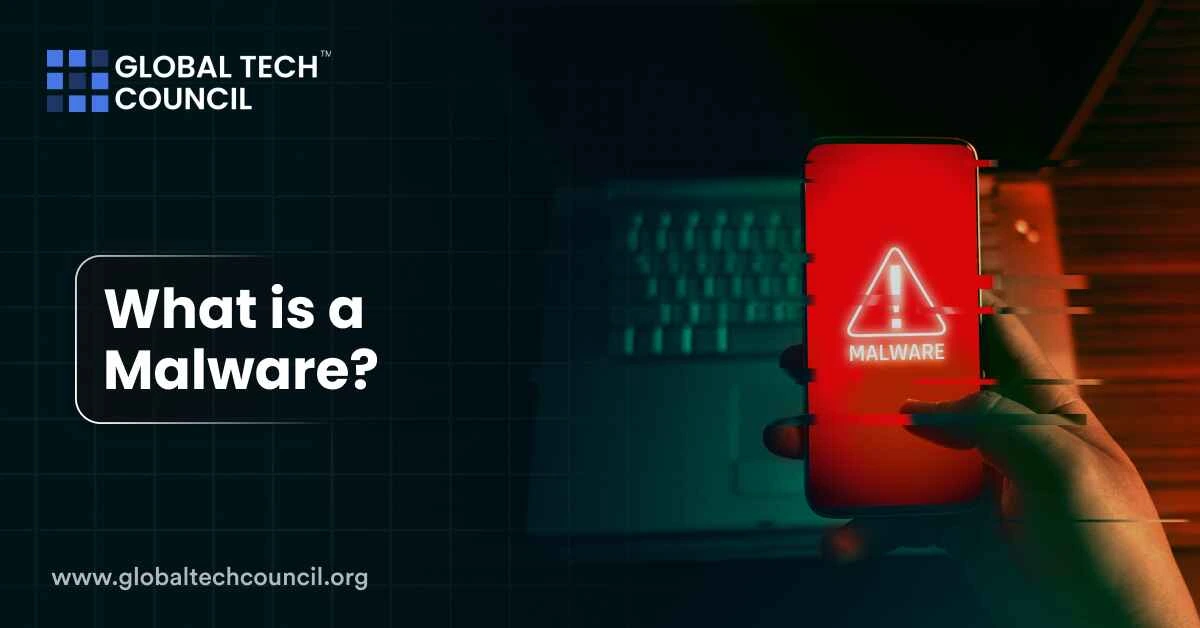
Malware is any software designed to harm your computer, steal your information, or cause damage to your network. It can slow down your device, steal passwords, or even lock your files until you pay a ransom. In short, malware is a serious threat that every internet user should understand and protect against.
This article explains what malware is, why it matters, common types, and how you can stay safe. It’s written in simple language so anyone can understand, whether you’re a beginner or an experienced internet user.
Why You Should Care About Malware
Malware can affect anyone—individuals, businesses, or governments. Hackers use malware to:
- Steal personal information like passwords and credit card numbers.
- Take control of your device or network.
- Demand money to unlock your files (ransomware).
- Install unwanted ads or software.
Protecting yourself starts with knowing the most common types of malware and how they work.
Common Types of Malware
Understanding the types of malware helps you know what to watch for and how to protect your devices.
Ransomware
Ransomware locks your files and demands payment to unlock them. Hackers may also threaten to leak your data if you don’t pay.
Trojans
Trojans look like safe software but secretly install malware on your device. They often give hackers control of your system.
Worms
Worms spread across networks on their own, infecting multiple devices without any user action.
Viruses
Viruses attach themselves to other programs and spread when you run those programs. They can delete files or damage your system.
Spyware
Spyware secretly monitors what you do online and can steal personal information like passwords and credit card numbers.
Adware
Adware bombards your device with unwanted ads and can slow down your system.
Rootkits
Rootkits hide deep in your computer, giving hackers ongoing access while staying hidden.
Keyloggers
Keyloggers record every keystroke, letting hackers steal your login credentials.
Bots and Botnets
Bots infect your device and connect it to a larger network (botnet) that can be used for attacks like sending spam or launching DDoS attacks.
Fileless Malware
Fileless malware hides in your computer’s memory, making it harder to detect and remove.
Malware Types and Their Effects
| Malware Type | How It Works | Common Effects |
| Ransomware | Locks files, demands ransom | Data loss, extortion |
| Trojans | Disguised as legitimate software | Unauthorized access |
| Worms | Self-replicates across networks | Widespread infection |
| Viruses | Attaches to files, spreads via user | File corruption, system crash |
| Spyware | Monitors activity, steals data | Privacy invasion, data theft |
| Adware | Shows unwanted ads | Slows device, user annoyance |
| Rootkits | Hides deep in system | Stealth access, difficult removal |
| Keyloggers | Records keystrokes | Password theft, identity theft |
| Bots/Botnets | Creates network of infected devices | Spam, DDoS attacks |
| Fileless Malware | Runs in memory, no files | Hard to detect, system slowdowns |
Emerging Malware Threats
Malware is always evolving. Some of the latest threats include:
- Polymorphic malware that changes its code to avoid detection.
- Malware-as-a-Service (MaaS) where hackers rent out malware to others.
- AI-powered attacks that adapt and learn, making them harder to stop.
These developments make it even more important to stay updated and aware.
How to Stay Safe from Malware?
Protecting yourself doesn’t have to be complicated. Here are some simple steps you can take:
- Use strong, unique passwords for every account.
- Keep your software and operating systems updated.
- Install reputable antivirus and firewall software.
- Don’t click on suspicious links or download unknown files.
- Back up your data regularly in case of an attack.
- Use multi-factor authentication to add extra security.
- Educate yourself on new threats and how to avoid them.
Key Malware Defense Measures
| Defense Measure | Why It’s Important | Example Actions |
| Strong Passwords | Prevents unauthorized access | Use a password manager |
| Software Updates | Fixes security holes | Enable automatic updates |
| Antivirus & Firewall | Blocks and detects threats | Regular scans, firewall settings |
| Backups | Recovers lost data | Use external drives or cloud |
| Avoid Suspicious Links | Prevents phishing and malware installs | Verify senders, avoid pop-ups |
| Multi-Factor Authentication | Adds extra login protection | Enable on email, banking, apps |
Certifications to Grow Your Skills
Want to learn more about cybersecurity and protecting systems from malware? Consider professional certifications that can help you build skills and advance your career. The Deep Tech Certification by the Blockchain Council covers advanced technologies and their security challenges. The Data Science Certification teaches you how to analyze data and spot risks. The Marketing and Business Certification helps bridge the gap between technology and business, important for implementing cybersecurity solutions.
Conclusion
Malware is a serious threat, but understanding what it is and how to defend against it helps you stay safe. Remember to use strong passwords, keep your software updated, and avoid suspicious links. Stay informed about new threats and take steps to protect yourself and your business. With the right knowledge and tools, you can outsmart hackers and keep your data secure.